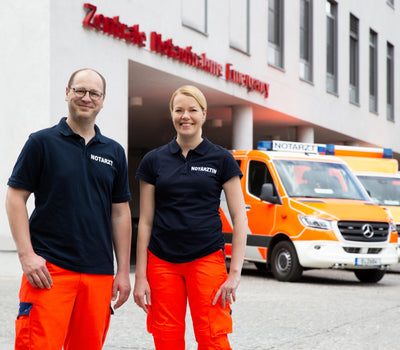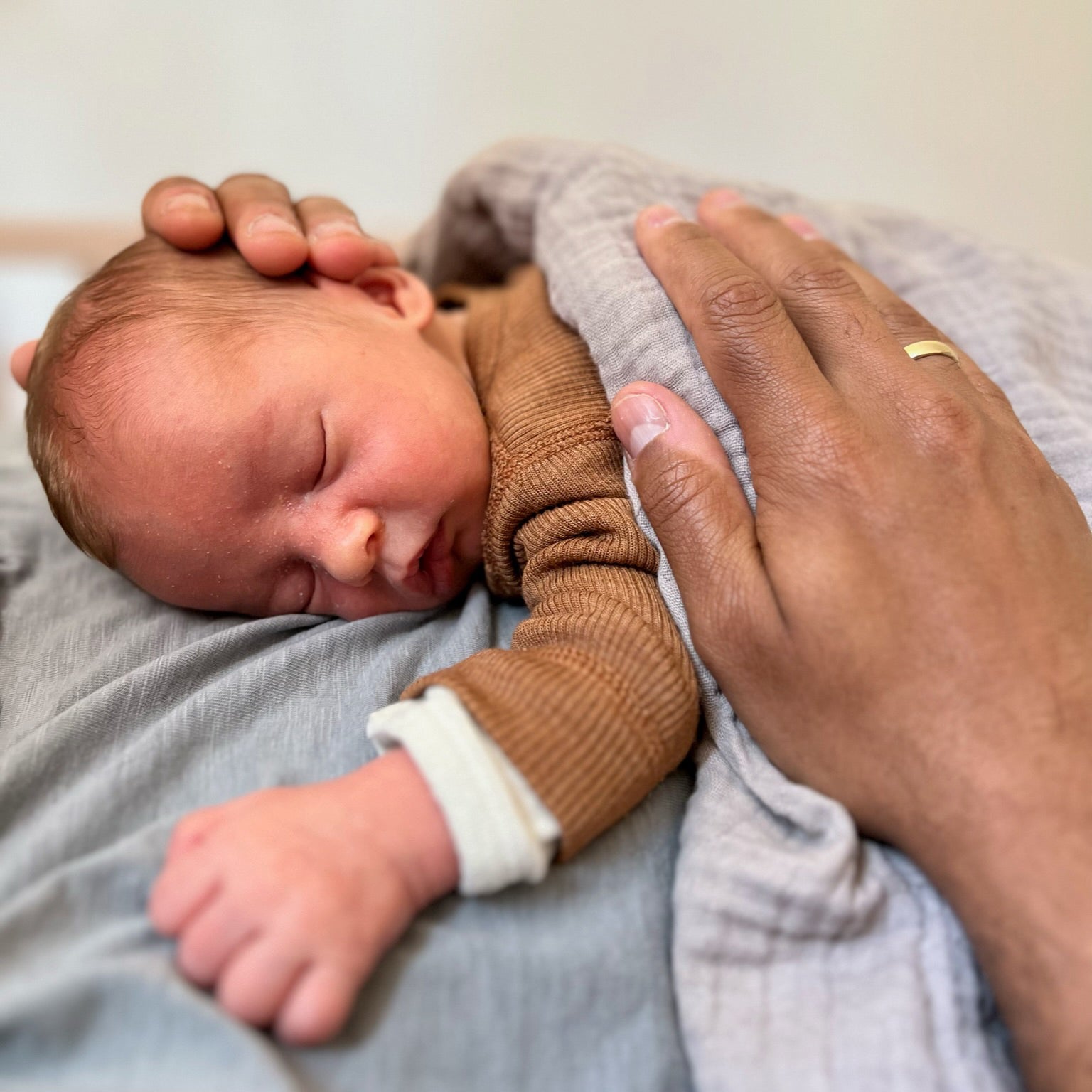December 7th is the day of the burned child.
As emergency physicians, we know that the most common burns or scalds happen at home. About 30% of it with hot liquid. In the vast majority of cases, burns occur in the head/neck area because children pull their parents' hot drinks off the table or accidentally knock them out of their hands. One of the biggest
Sources of danger in the kitchen are not the oven, but hanging cables from kettles.
As a toddler at the age of 1.5, Lukas severely scalded himself with boiling water. The visible burn scars usually accompany children throughout their lives. But not only the visible, but also the invisible psychological scars after such a trauma of the burn injury concern those affected and
Families, too, mainly because there is simply not enough outpatient psychological
care options are available.
It is not without reason that the day of the severely burned child is in the
pre-Christmas period. Because this actually beautiful time brings many sources of danger with it. On the one hand, fire has an incredible attraction for small children. They reach for burning candles on the Advent wreath or for flames in the fireplace and can suffer severe burns on the palms of their hands. On the other hand, warm drinks are becoming more common in the winter months
also drunk hot.
Another danger at the end of the year is "playing" with New Year's Eve firecrackers. Hand injuries and head/eye injuries are common here.
The special feature of burns, as with all pain reflexes, is that the transmission of the pain information through to the motor reaction, i.e. the
“Withdraw hand” is relayed through several different synapses. The reaction here lasts longer than, for example, with self-reflexes.
How should you react in an emergency?
Immediately cool the affected body parts with lukewarm water. Never use ice water or cold water, as the risk of chilling can be far too great, especially for small children.
The wound should be covered with a clean cloth and the emergency call made as soon as possible. Again and again we see first responders at the scene of an emergency applying various “home remedies” such as butter, oils or ointments to burn wounds with the best of intentions. You should definitely refrain from doing this.
Many greetings
your Dr. medical Annalena Dehe and Dr. medical Luke Dehe
Emergency doctors and founder of 12minutes
Checklist for avoiding scalds and burns
– compiled by emergency doctors Annalena and Lukas Dehé, parents of 2-year-old twins:
- Kettle cords should never be dangling from kitchen worktops.
- Never place hot drinks on the edge of the table.
- Avoid tablecloths, use placemats that do not hang down from the table.
- Hot surfaces such as fireplaces or hotplates should be provided with a child safety grille.
- Before bathing, always check the water temperature using a thermometer and the inside of your forearm.
- Hot water bottles should always be checked for function and leaks before use and then not sealed.
- Never place hot-water bottles or warmed cherry pit pillows on the child's skin, such as on the stomach, without further layers.
- Burning candles, matches, lighters and fireworks should always be kept out of the reach of children.
- Warm food should always be tested before feeding. Be careful with warmed up dishes, these can also have different hot areas and should always be mixed well.
- Always think of socket fuses.
- Electric blankets never belong in a cot.
- Radiant heaters, for example above the changing table, should only be used under strict control and in accordance with the manufacturer's safety instructions.
12 minutes
First Aid Course for Babies & Toddlers
Annalena and Lukas have set themselves the task of making first aid for babies and toddlers accessible at all times and have created an online course offer with their company 12minutes, which has never existed before.
If you want to learn more about it, check out our post on the course. Here you will find more information about the content and video sequences of what to expect in the course.
We love the content from the experts, but above all the flexibility that such a course offers. You have access for 3 years, you can share with grandma/grandpa, babysitter or other people who spend a lot of time with your child and watch the modules as often as you like until you feel safe.



